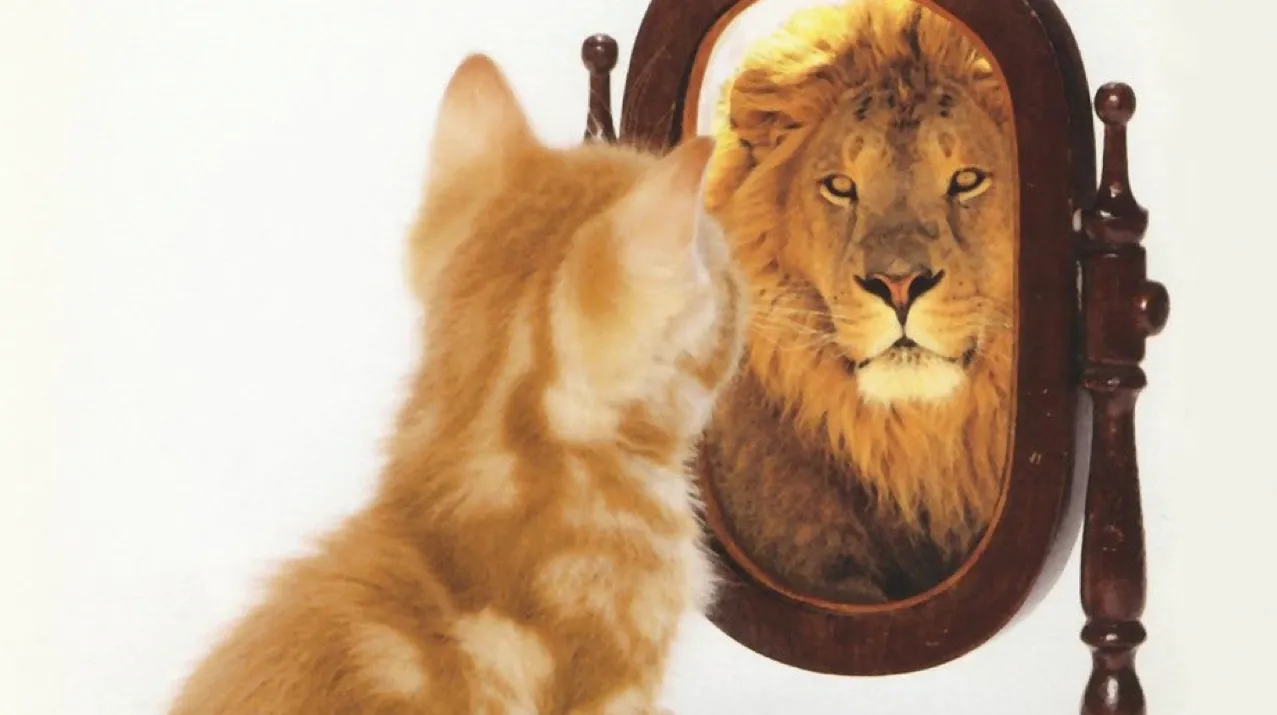Table of Contents
I am standoffish. When I enter any establishment, I survey everything. Although I’ve never had to escape out the back, I always look for the back entrance and never sit with my back to the door.
One evening I was out with my more gregarious twin brother. I decided, as an experiment, that instead of surveying, I would walk into wherever we went with the biggest, most open-faced, naïve smile I could muster.
You know what happened. I got more smile-backs than I’d received in my entire life! We humans are emotional animals. We can’t help but treat others the way they treat us.
Most sellers approach potential new customers with a “I’m-sorry-to-bother-you-and-I-know-you’re-busy-so-I-won’t-take-a-minute-but-thought-you-MIGHT-be interested-in…” attitude that pleads for, screams for, and receives second-hand treatment.
Selling is tough enough without working against ourselves. These are “two-against-no-one” calls because we are not sticking up for ourselves and the customer joins in.
Master Sellers are prepared. This makes them relaxed and confident. They know they bring value and act like it. The customer senses this and treats them as a potential partner. Customers still throw punches/objections at Master Sellers, often much harder jabs, but the Master Seller is ready to respond in a calm, confident way, which adds another layer of confidence to the burgeoning relationship.
How to End a Prospect Call
At the end of the call say, “Thank you for your time today. I know we are going to be a good fit. With your permission, may I continue to call you? Perfect. Today is Monday. When I hang up, I’ll send you a follow up email telling you more about me and my company. I will follow up with you on Wednesday. What’s a good time for you?”
Or, more direct: “Mr. Smith, we are going to work well together. Let me ask you this: do you think we can do business?” Tell the customer exactly what’s going to happen and what you are going to do. Set an appointment for the next call and hang up.
How to Give the Price
Most sellers give the price like it’s a dirty rag they have to hold onto by the tip of the corner. The customer senses this and treats it the same. Ninety percent of our competitors give the price like this: “So, I can get it into you at $350/MBF… whadyathink?” This is weak and produces counters and a bunch of “I’ll-let-you-knows.”
Master Sellers responding to “How much is it?”: “That’s the best part, Tommy. We can get this in at $355/MBF, which is a great price, how many can you use?”
This is a close that will produce more positive emotions about our proposal thus, more business.
How to Take an Inquiry
The paradigm in sales is, “Thanks for the number, I’ll let you know.” Not for us. We have taken the inquiry completely and thoroughly. When we understand what our customer is looking for we say: “Cindy, if I can get us three cars of 2×4 14’s for two weeks shipment and land them at $350/MBF, do we have a deal?”
Cindy: “No, James, I need to shop this a little more.”
Us (after a couple more trial closes): “Okay, Cindy, when should I call you back to put these together?”
Cindy: “About 4.”
Us: “Cindy, can I ask you a favor?”
Cindy: “Sure.”
Us: “Will you talk to me before you buy these cars?”
Cindy: “Yes.”
The Parable of Two Villages
A stranger meets a man about five miles out of town. “Excuse me, sir, what are people like in that town?” “They’re horrible! Two-faced, lazy and MEAN! You don’t know mean until you’ve met the likes in that town.”
About three miles out the stranger meets another man coming from the same town. He asks, “Excuse me, sir, what are people like in that town?” “Wonderful! Some of the kindest people I’ve ever met are in that town. And friendly—you won’t find a friendlier place in the world.”
The point is that in sales we bring our attitudes with us on every call. How people treat us is based on how we treat them.









